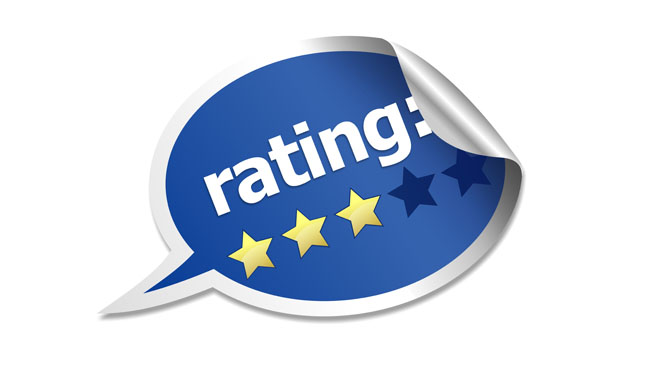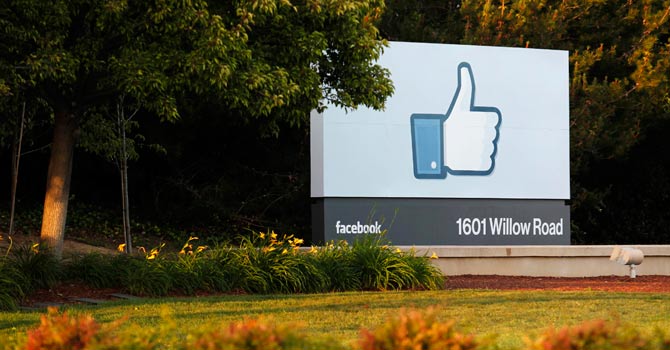Spamtraps are email addresses that are valid, never were valid or have been invalid for a long time. They are used to collect spam in order to analyze and interpret data to create spam-filtering systems and/or expose and block spammers.
The most common spamtraps are hidden in HTML code on websites. Spammers or data collectors create bots (spiders/crawlers) that programmatically look for anything with an @ sign and send an advertisement directly to the email or create a marketing list or both.
Traps are also found by dictionary attacks. Bots use a list of words from a dictionary or from common industry terms to place before the @ sign and then mail to the domain or collect the data after mx verification. For example, info@ or webmaster@ are common email addresses created by typical administrators that dictionary attacks might use.
Spamtraps are also guilefully submitted through form pages by spam advisories to monitor illegal third party selling, trading or leasing of subscriber databases. An advisory’s program tracks the domain source of the spam. If the spam does not match the source, then actions are taken.
There are several types of spamtraps:
HAMY Traps
HAMY is a common industry term that stands for Hotmail, AOL, MSN & Yahoo. HAMY’s are Tier 1 ISP email accounts (Gmail and others included). HAMY traps are sometimes created by spam advisories in order to completely conceal their identity. They are the hardest traps to find. One must trigger a HAMY trap in order to suppress against it. No one can track and find a HAMY trap.
Small Domain Traps
Small domains belong to either consumers or small to medium sized businesses. A spam advisory will create a domain to capture spam. This domain is used to facilitate their blackhole. For example, a small domain trap could look like info@abc123.com or jack@abc123.com.
Sleeper Cell Traps
Some advisories will monitor spam and not alert authorities or blacklists. These traps are used to observe a spammer. One can have a sleeper cell trap in their lists without even realizing it. Smart spam advisories will wait weeks before contacting authorities. The reason for this is to find out everything about the spammer and who their partners are.
Bounce Traps
A new trend for HAMY email providers is to activate old deleted user accounts to capture spam. Most consumers deactivate their email accounts due to excessive spam to begin with. HAMY’s will re-activate these accounts and monitor all spam coming through them. Bounce traps are mainly used by HAMY ISPs.
Consumer Traps
Consumers can become their own spamtrap. Spamcop.net makes it easy to report spam by using a consumer’s email address. Consumer traps are the most frequent and common. Anyone can anonymously report spam through Spamcop’s website: www.spamcop.net/anonsignup.shtml.
Bot Traps
Spam advisories create robots to fill out every form it finds online minus a smart captchya page. Bot traps can look like any typical email address but are mostly made up of small domains and not HAMY emails. Bot traps are sometimes mainly used to monitor illegal third party selling, trading or leasing of subscriber databases.
Seed Traps
Seed traps are irregular bot traps that are programmatically made. Like Bot Traps, seeds are programmatically inserted into forms, but have an uncommon look to them. Seed traps have several alphanumeric characters that are used by encryption for the master server to decrypt and analyze. Both HAMY operators and small domain advisories create seed traps.
If a publisher triggers a spamtrap, several bad things can happen:
- Your IP and potentially the entire IP range could be blocked and shared with several ISP blacklists rendering mailing useless
- Your domain could be blocked or removed from your hosting provider
- Your ESP may halt all your mailings and never work with you again
- Your personal and business contact information may be posted publicly on spam advisory websites
- You may be reported to state and federal law enforcement agencies
Universities, webmasters and IT professionals are the most common people or groups that create spamtraps and/or become a spam advisory. Spamtraps are a necessity to fight the continuing war on spam. Unfortunately, they do little good to cut back on the 90% of spam that still gets through the networks.
Every publisher must understand the lengths that spam advisories go to in order to filter, report and block spammers. Some advisories believe that double opt-in databases leased to a third party are considered illegal. This is why data hygiene is absolutely crucial in any publisher’s operation.






















